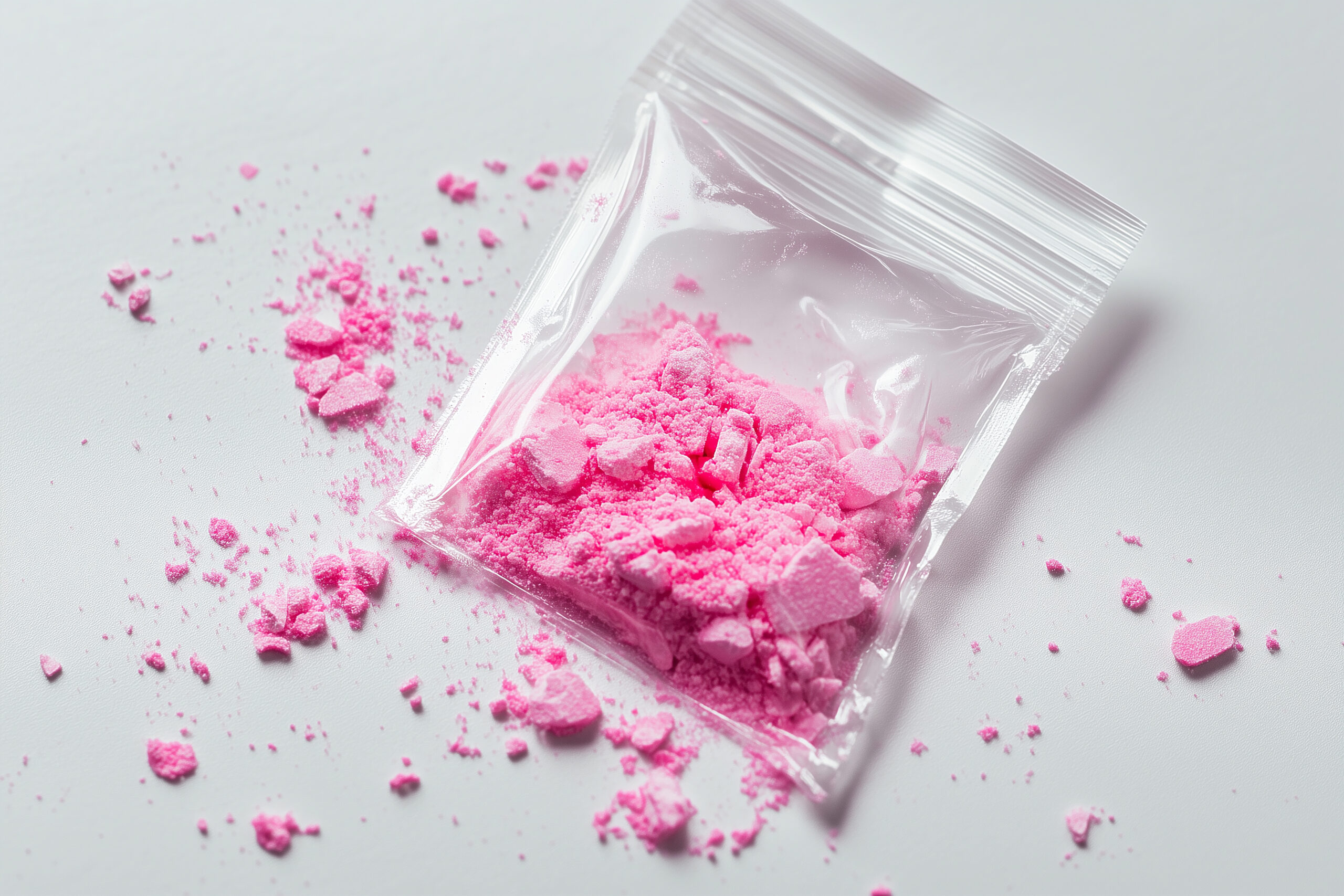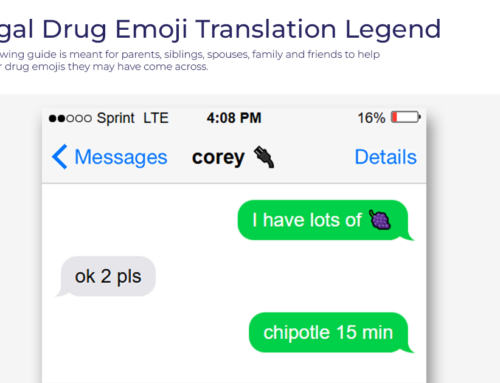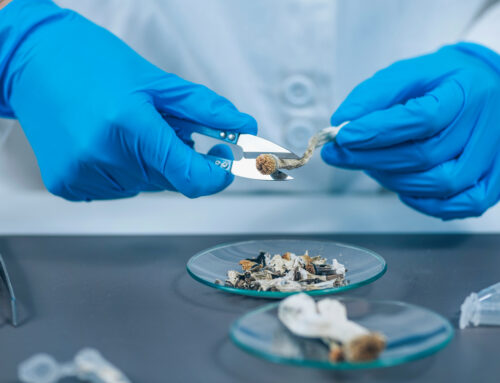If you’ve been paying attention to the news lately—particularly celebrity news and the world of rap moguls like Diddy and other notorious party icons, then you’ve heard about pink cocaine. Whether you’ve encountered pink cocaine or tuci at a party or not, you’re probably wondering what this drug is exactly and why people are talking so much about it.
Achieve Wellness has everything you need to know about what pink cocaine is, its effects, risks of overdose, legality, and more right here. Let’s dig in.
Pink Cocaine: What Is It?
Pink cocaine is a pink-colored, powdery party drug that people snort. It causes intense euphoria. The first thing to know about pink cocaine is that it’s not cocaine at all.
The second thing to know is that pink cocaine, sometimes called tuci or tusi, is actually a combination of several different drugs.
Unfortunately, this means that the effects of two separate batches of pink cocaine can have different ingredients and different effects. Just because you’ve done it before doesn’t mean that you will get the same results or experience the next time you use it.
What is in Pink Cocaine?
Most of the pink cocaine hauls seized by the DEA recently contained at least ketamine and molly (MDMA). But other drugs like the deadly opioid fentanyl, crystal meth, and even xylazine are found in pink cocaine.
While the original formula was based mostly on the designer drug 2C-b (where it got its other nickname, tusi or tuci) that designer drug isn’t found in high quantities in pink cocaine, if at all anymore. The reason is that 2C-b is harder to come by and manufacture, whereas ketamine, fentanyl, meth, and MDMA are cheaper and easier to get.
Common Ingredients of Pink Cocaine Include:
- Ketamine
- Methamphetamines
- Molly/Ecstasy
- Fentanyl
- Xylazine
- Benzodiazepines (like Xanax)
- LSD or other hallucinogens like 2C-b
Pink Cocaine: The Hollywood Connection
Why does pink cocaine seem to be Hollywood’s new obsession? What is the connection between celebrities, musicians, athletes, and other famous people and this dangerous drug?
Celebrities Associated with Pink Cocaine
Liam Payne:
The former One Direction member tragically passed away in October 2024 after a fall from a hotel balcony in Buenos Aires. While trauma from the fall was the cause of death determined by autopsy, a preliminary toxicology report suggested that pink cocaine was in his system at the time of his death. Payne had been open about his struggles with addiction and had spent time in rehab earlier in the year.
Lamar Odom:
The retired NBA star and ex-husband of Khloe Kardashian has admitted to using pink cocaine in the past. Odom has been candid about his struggles with substance abuse and mentioned experiencing hallucinations and paranoia while under the influence of pink cocaine.
Sean “Diddy” Combs:
The hip-hop mogul and entrepreneur has been implicated in a lawsuit where it was alleged that his staff were required to carry pink cocaine for his use. Diddy has denied these allegations, but the drug has been mentioned in connection with his legal troubles.
Camila Sterling:
The aspiring singer was found dead in a Miami hotel room in 2023, with pink cocaine present at the scene. Her death highlighted the dangers of this drug and its growing presence in the party scene.
Pink Cocaine: Effects, Symptoms, and Signs of Use
The symptoms and signs of pink cocaine (also known as Tusi) use can differ based on which drugs are in a particular batch and in what concentrations—-but there are some commonalities. Typically, Tuci contains stimulants such as methamphetamine or caffeine. Additionally, it often includes dissociatives like ketamine or designer drugs like MDMA (Molly), 2C-b, or a combination of these.
12 Medical Effects of Pink Cocaine:
Here is a list of specific medical effects and symptoms you might see in a person who
- Tachycardia: An abnormally rapid heart rate. This can make you feel like your heart is racing or pounding.
- Psychosis-like Symptoms: These may include auditory hallucinations (hearing voices or sounds that aren’t there) and paranoia (irrational distrust or suspicion).
- Arrhythmia: Irregular heartbeat, which can be dangerous. This can feel like your heart is skipping beats or fluttering.
- Hyperthermia: Elevated body temperature, which can reach dangerous levels. This can cause excessive sweating and overheating.
- Hypertension: High blood pressure. This can lead to headaches, dizziness, and an increased risk of stroke or heart attack.
- Nausea and Vomiting: Feeling sick to your stomach and potentially throwing up.
- Seizures: Uncontrolled shaking or convulsions. This is a serious condition that requires immediate medical attention.
- Agitation: Restlessness and irritability. This can make you feel anxious or on edge.
- Insomnia: Difficulty falling or staying asleep. This can lead to fatigue and other health issues.
- Muscle Tension: Tight or stiff muscles. This can cause discomfort and pain.
- Bruxism: Grinding or clenching of teeth. This can lead to dental problems and jaw pain.
- Dehydration: Loss of fluids, which can cause dry mouth, dizziness, and confusion.
How Dangerous is Pink Cocaine?
There is no question that pink cocaine is dangerous. Not only are the drugs in this mixture dangerous individually, but the fact that you can never know for sure what drugs are in a batch of tusi and how much makes it even deadlier.
Alcohol and drug rehab centers in New Jersey and nationwide are ringing the alarm bells about pink cocaine for a good reason. Awareness is the first line of defense when it comes to fighting addiction.
The Dangers of Pink Cocaine:
- It often contains fentanyl, which frequently causes fatal overdoses.
- Psychotic behavior and delusions can lead to dangerous (or deadly) behavior.
- It can contain xylazine, which causes tissue damage and death.
- Because it is a mix of drugs, NARCAN may not reverse a pink cocaine overdose.
- The ingredients of pink cocaine vary wildly—you can never be sure what you’ve got.
Achieve Wellness & Recovery: Raising Awareness
If you or someone you love is dependent on or addicted to pink cocaine or any other substance — we are only a phone call away.
Pink cocaine is a rising threat to public safety that must be taken seriously. Addiction to any substance isn’t a joke.
It is never too soon to call. We’re here to answer your questions about pink cocaine and other drugs and give you a path to recovery—-but only you can make the first call.
Reach Achieve Wellness & Recovery at: (833) 680-0142
You can also click here to learn how our New Jersey drug rehab can work with your insurance.








